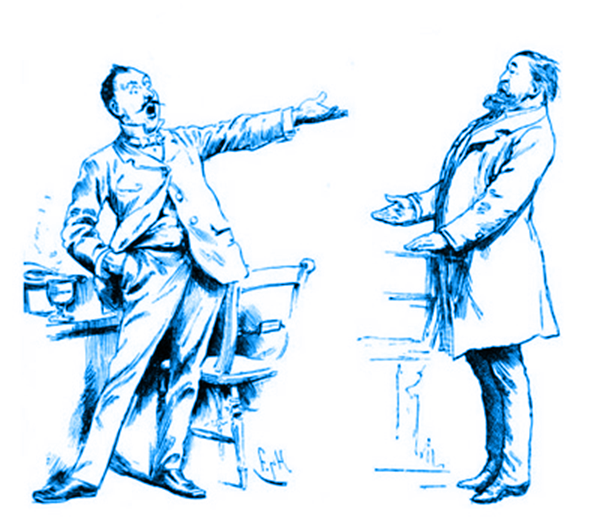Dialogues on the move
Dialogues are a very effective way of improving students’ English skills. They can teach students correct pronunciation and intonation, as well as the correct use of gestures and facial expressions.
Students, especially young children, usually find dialogues very enjoyable. For starters, all of the students become involved in the discussion, and thus the learning process itself. The most important benefit, however, is that dialogues improve students’ social skills, since they have to both listen and pay attention to what their classmates have to say. (In addition, they can also learn some “conversation strategies”, like using “filler” words, such as “eg, um, well…”.)
When organizing dialogues in class, it’s important to keep a few things in mind. First of all, the topics should be interesting for the students, so make the dialogues about family, hobbies, friends and school. Next, the atmosphere should always be positive; the children should all feel that they’re participating equally. Dialogue-based activities give shy children a chance to participate in a “protected environment” (talking with only one classmate instead of everyone).
Here are a few examples of the kinds of activities you can do with your students:
- Swap-it cards
The students each get a card with a question on it (like “what is your shoe size?”, “do you have any pets at home?”, “what is your favorite food”, etc). Then, they go around the classroom to find a partner to ask the questions on their cards. After doing so, they swap their cards, so that they now have new questions to ask another partner.
2) Talking words
Two students are chosen to work in a team. They get a topic to talk about for 30 seconds along with some directions from the teacher. Some possible topics include “holidays”, “spiders”, and “free time”.
3)Guess my word
The students split into pairs or groups. One of them receives a card with a word on it, which the other students have to guess through questioning. The cardholder can only answer with “yes’ and “no
4) Two truths and one lie
A student has to think of two true statements and one false statement. It’s up to their partner to find which one’s the lie.
5) Chat stations
First, the students meet their partners at a “meeting point”. Then, they go to a “chat stations”, where there are envelopes with questions and answer prompts. They’ll ask and answer the questions.
6) Who am I?
The students split into pairs, with one of them putting a sticky note with the name of a famous person (real or fake) on their partner’s forehead. The partner then has to guess the name through questioning.
7) Double circle
The students make two circles, one inside the other. Those in the outer circle face the students in the inner one. The teacher gives them some questions to ask the person opposite them. After a few minutes, the students in the outer circle will move a step to the right and start asking questions to another partner.
8) Speed dating
The students form two lines and face each other in pairs. The teacher gives them a topic to discuss for 20 seconds, after which the students in the bottom line will move one step to their right and meet their new partner.
These activities can encourage your students and improve their self-confidence as well as their English conversational skills.
Bastkowski, Martin. "Dialogues on the Move" English Teaching Professional, March 2016, 19-21.
 Blog EBE English Book Education
Blog EBE English Book Education




